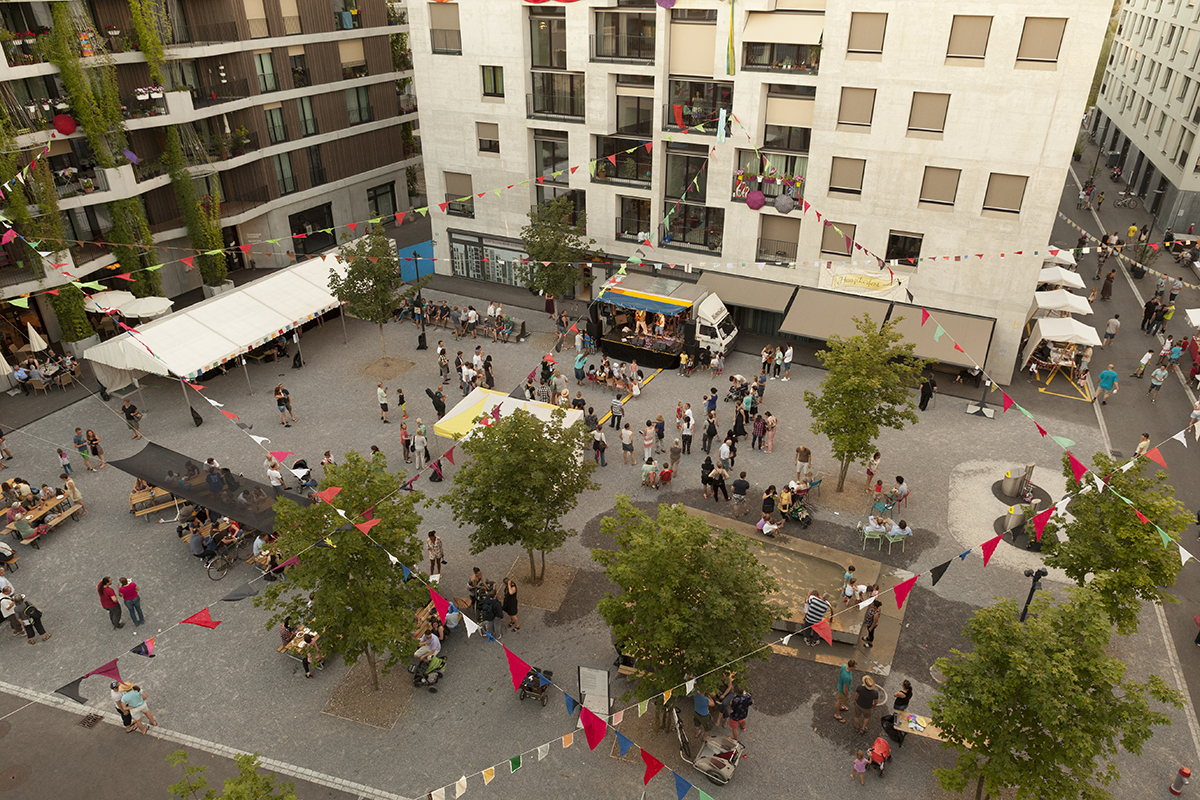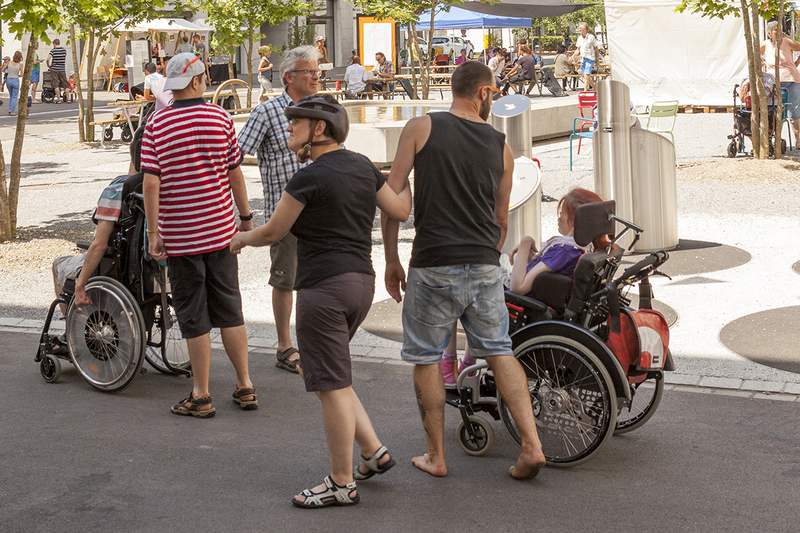You are viewing 1 of your 1 free articles
Last chance to win a trip to the world’s best
Inside Housing and the Building and Social Housing Foundation are offering readers the chance to visit an award-winning development in Switzerland. The deadline for entries is this week.
A version of this article was originally published on 22 June
More Than Housing, in Zurich, Switzerland, has been wowing people ever since it was completed at the end of 2015. Earlier this year the 400-home development won the £10,000 top prize at the World Habitat Awards, run by the Building and Social Housing Foundation (BSHF). The awards are given to projects that provide the most practical and innovative solutions to current housing needs and problems. It has also won the Swiss Ethics Prize and the Urbamonde award for best European community-led housing.
David Ireland, director of the BSHF, describes the project with the words: “I have never seen anything like it.”
Now, Inside Housing is teaming up with the BSHF to give one lucky reader the chance to win a free trip to Zurich to learn about the project on one of the BSHF’s peer exchange programmes, which are designed to help disseminate innovative housing practice around the world.
The programme covers all travel and accommodation costs and the trip will take place from 18-22 September this year, with the possibility of travel to some other innovative Swiss schemes. There are more details about how to enter in the box on the left – but what makes More Than Housing special?
Better together
At its most basic, More Than Housing is designed to cut energy use and provide affordable housing that would suit the needs of a variety of demographic groups, including older people, single-person households and families. Built on a difficult site, no one housing provider was prepared or able to develop the site on their own. The solution? A consortium of more than 30 housing co-operatives.
“They understood you can achieve your objectives better if you work together – but they are still independent organisations,” Mr Ireland says.
The scheme involved no public subsidy. The repayment of development loans and operational costs are met through rent, which is set at 20-30% below market levels.
“Everybody in social housing wants to achieve something like this.”
“To have done that without public subsidy and providing housing that is considerably cheaper than the market is just remarkable,” Mr Ireland states. “Everybody in social housing wants to achieve something like this, and [More Than Housing has] actually done it.”
The scheme sprang out of a commitment in Zurich to dramatically increase the number of not-for-profit homes in the city. Currently more than 25% of homes in the city are not-for-profit, the majority of which are owned by housing co-operatives. In 2011 the city held a referendum; the vote resulted in a commitment to increase the proportion of not-for-profit housing to 33% by 2050.
One of the scheme’s key features is its environmental credentials. It aims for residents’ energy consumption to be low enough to be supported by the continuous running of a 2,000-watt generator. Average energy use in Switzerland is about 5,000 watts per person per day. There are several ways in which the development helps with this – from 45% of electricity being generated by photovoltaic cells on the roofs, to centrally located freezers that can be rented out and high levels of insulation. It is also designed to reduce car usage and has two electric cars and a bike share.
“Environmentally this is really top drawer,” Mr Ireland states. “They said they want to create housing that would enable people to achieve the 2,000-watt target and they do.”
The scheme is also designed to be socially sustainable, with residents deciding on the type of facilities they want and need. The ground floor of the blocks are devoted to workshop space for charities and businesses, along with shops, cafes and bars for residents’ use. Four hectares of the site have also been held back for future development – with the aim that this will be guided by residents’ feedback on what could make the scheme more successful.
“It excels at every level,” Mr Ireland concludes. “People [tend to] do well at one thing, but it is often at the expense of another. It is a great place to live, it is affordable and it is environmentally extremely good. That is what makes it really special.”
How to win a trip
To win a trip we ask entrants to:
■ Provide an example of innovative practice that you have adopted in your organisation and the reasons for this
■ Say how you think you might be able to learn from the peer exchange and implement learning back home
We ask entrants to restrict their responses to a maximum of 300 words per question.
To enter, please email gene.robertson@insidehousing.co.uk by 21 July.

